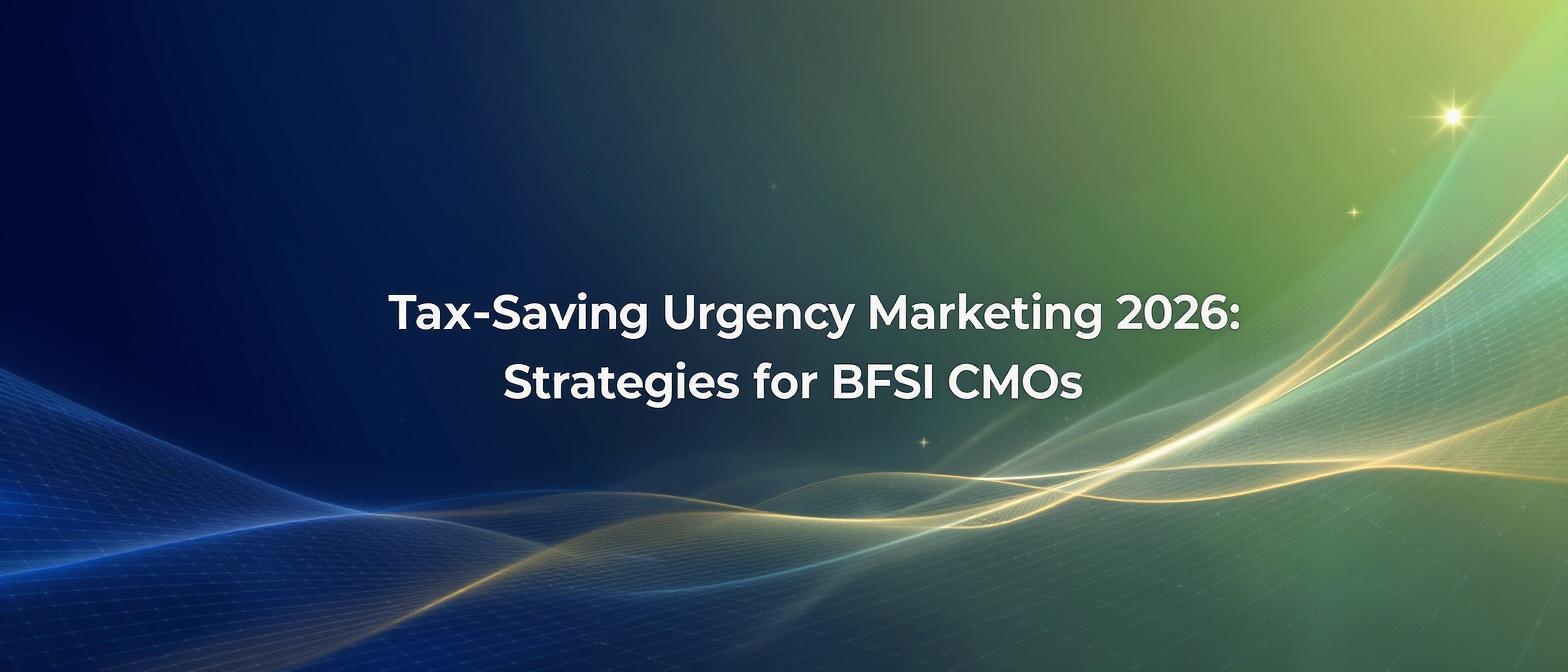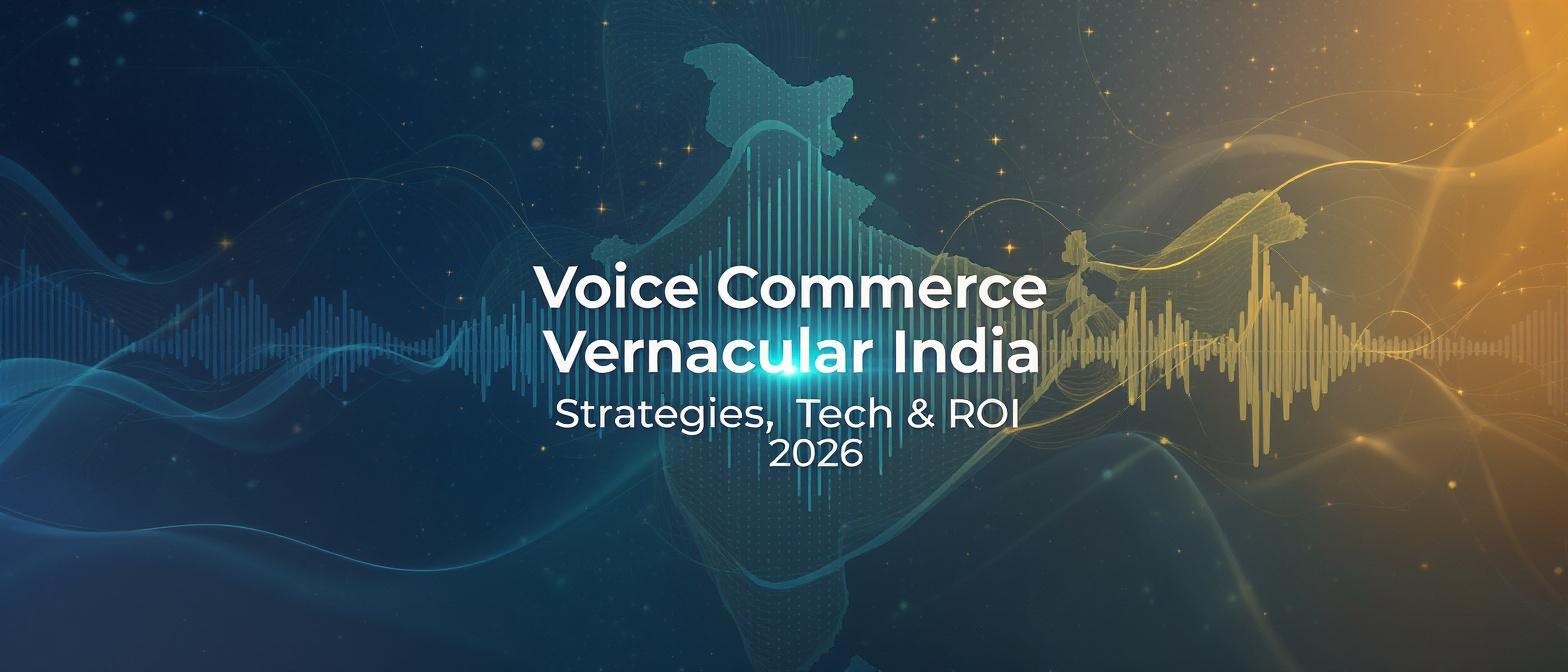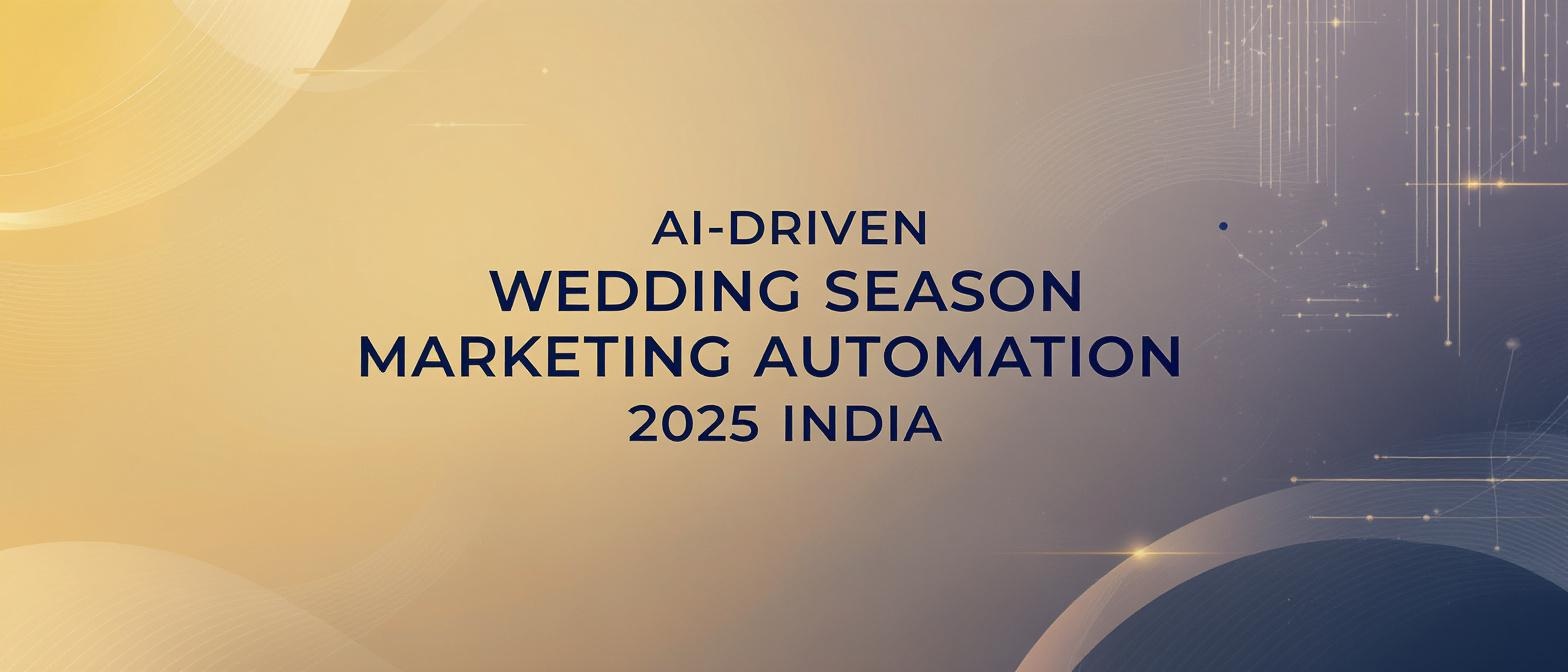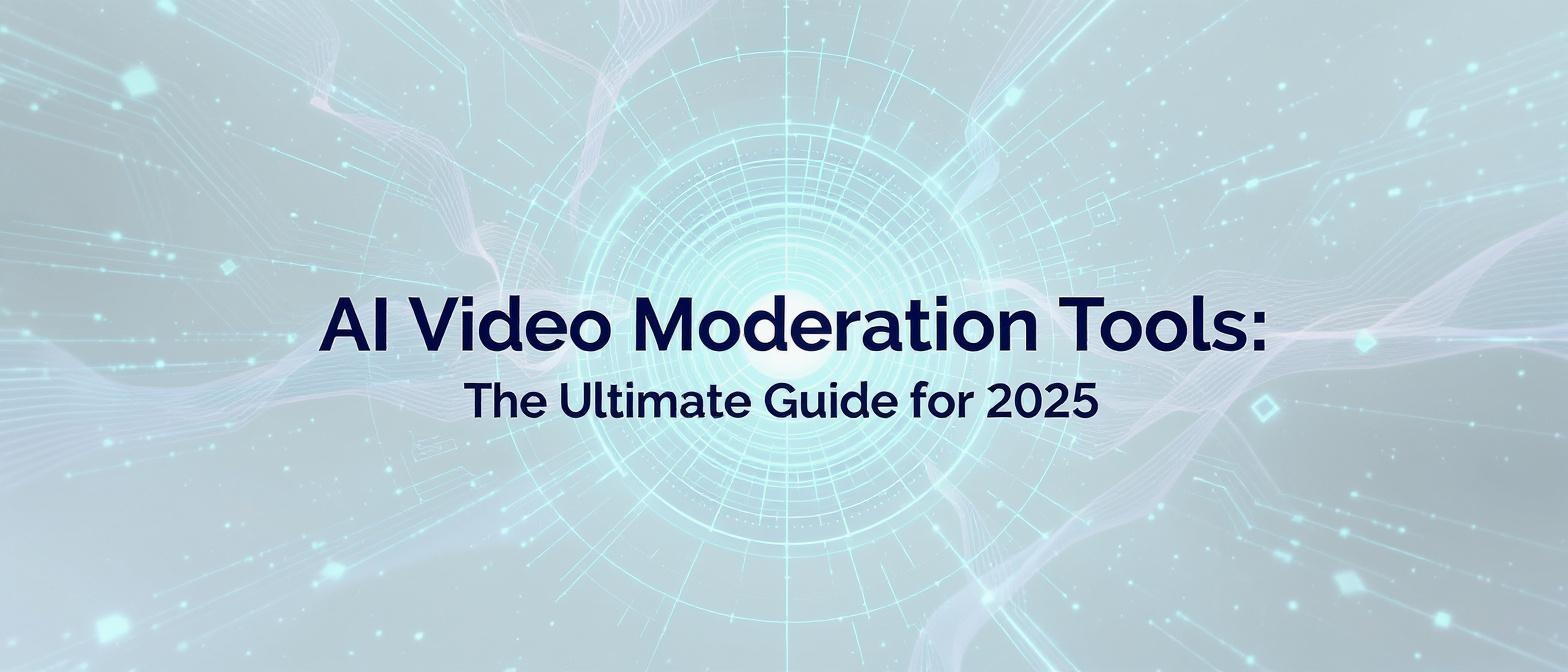Tax Saving Urgency Marketing 2026: How BFSI CMOs Can Drive Last-Minute Investments with Personalized Video Campaigns
Estimated reading time: ~14 minutes
Key Takeaways
- Harness deadline-driven marketing to leverage Loss Aversion and FOMO for boosting last-minute tax-saving investments
- Personalized video campaigns offer unmatched engagement by addressing each user’s unique financial profile
- API-driven automation simplifies one-to-one communication at scale, enabling real-time, data-powered urgency triggers
- Phased marketing strategies ensure awareness, engagement, and final conversion in the critical pre-March 31 window
- Robust analytics and rapid A/B testing can continuously optimize campaign performance for maximum ROI
The financial landscape of 2026 presents a perfect storm for BFSI marketers. Regulatory shifts, including the anticipated One Big Beautiful Bill (OBBBA) changes, are reshaping investment strategies. This, combined with persistent market volatility and a fiercely competitive environment, makes capturing investor attention more challenging than ever. For BFSI CMOs, the final quarter leading up to the March 31 deadline is a critical battleground. This is where tax saving urgency marketing 2026 becomes not just a strategy, but a necessity for survival and growth.
As the fiscal year-end approaches, procrastination gives way to panic for millions of taxpayers. The key to converting this last-minute rush into tangible investments lies in cutting through the noise with messages that are immediate, personal, and compelling. Traditional marketing methods fall short; today’s investors demand relevance. By leveraging powerful tools like marketing automation and personalized video, you can create investment urgency triggers that resonate on a one-to-one level, guiding customers to make smart, timely decisions that benefit both their tax planning and your bottom line.
This comprehensive guide will break down the cognitive science behind urgency, reveal how hyper-personalized video campaigns can transform customer engagement, and provide a strategic playbook for dominating the critical pre-March 31 investment season.
Section 1: Decoding Urgency: The Psychological Engine of Tax-Saving Campaigns
Urgency marketing is the art of leveraging time-sensitivity to prompt immediate action. It’s a powerful psychological tool that frames a decision not as something that can be done, but as something that must be done now. This is especially potent in the context of tax-saving investments, where a hard deadline—March 31—is already established.
The strategy works by tapping into fundamental cognitive biases that drive human decision-making. The two most prominent are:
- Loss Aversion: This is the principle that people prefer avoiding losses to acquiring equivalent gains. A message like “You could lose ₹46,800 in tax savings” is far more powerful than “You can gain tax benefits.” The March 31 deadline makes the potential loss feel tangible and imminent.
- Fear of Missing Out (FOMO): As the deadline nears, social proof and widespread marketing create a sense that “everyone” is finalizing their tax-saving investments. FOMO compels individuals to act, lest they be the ones left behind, facing a higher tax bill.
These triggers are why deadline-driven campaigns are so effective. A recent Indian study highlighted that marketing campaigns emphasizing deadlines can increase click-through rates by as much as 60%. Generic promotional messages simply cannot compete with the primal, action-oriented response that urgency-based messaging ignites. By automating tax planning reminders and optimizing conversion funnels around these principles, BFSI brands can turn the annual tax rush into a predictable, high-conversion event.
Source: Moneycontrol article
Source: Infillion blog
Section 2: The Unfair Advantage: Dominating Tax Season with Hyper-Personalized Video
While urgency creates the “why now,” personalization provides the “why you.” Generic emails and text messages are easily ignored. A video that addresses a customer by name, understands their financial context, and speaks their language is impossible to dismiss. This is the power of hyper-personalized video marketing.
Personalized video marketing involves dynamically inserting individual customer data into a video template at scale. This can include anything from their name and date of birth to specific financial data like their salary bracket, remaining 80C limit, or even the last financial product they viewed on your website. This transforms a one-to-many broadcast into a million one-to-one conversations. Platforms like TrueFan AI enable brands to execute this with unprecedented scale and sophistication.
Here’s how personalized video simplifies complex tax products and drives action:
- Simplifying Complexity: Products like ELSS mutual funds, National Pension System (NPS), and tax-saving insurance plans can be intimidating. A short, personalized video can break it down visually, showing a projection like, “Hi Priya, investing ₹50,000 in this ELSS fund could save you ₹15,000 in tax and grow to ₹75,000 in three years.”
- Demonstrating Direct Benefit: Instead of abstract concepts, the video shows concrete, individualized outcomes. This direct relevance makes the call to action significantly more compelling.
- Building Trust and Connection: A personal address creates an immediate sense of recognition and value. It shows the customer that you see them as an individual, not just an account number.
With advanced platforms, this level of personalization is no longer a logistical nightmare. TrueFan AI's 175+ language support and Personalised Celebrity Videos allow for localization on a massive scale, ensuring a customer in Tamil Nadu receives a message in Tamil from a regional star, while a customer in West Bengal hears it in Bengali from a local icon, all with perfect AI-powered lip-sync. This deep integration of technology—from API-driven video rendering in under 30 seconds to seamless CRM and WhatsApp delivery—makes hyper-personalized video the ultimate tool for tax season conversion.
Section 3: The BFSI Marketer's Playbook: Four High-Impact Personalized Video Strategies
For CMOs, wealth management heads, and insurance marketers, the goal is to translate these concepts into concrete campaigns. Here are four proven strategies to deploy in the run-up to March 31.
1. 80C Investment Personalized Videos
Section 80C of the Income Tax Act is the cornerstone of tax saving, allowing deductions up to ₹1.5 lakh on investments in ELSS, PPF, life insurance, and more. A personalized video campaign is the perfect vehicle to demystify these options.
- Campaign Example: Partner with a well-known celebrity or financial expert. The video opens with, “Hello [Customer Name], MS Dhoni here. There are only 15 days left until March 31.” The video then displays a personalized graphic: “You have ₹[Remaining 80C Limit] left to invest. Investing this amount in an ELSS mutual fund can save you up to ₹[Calculated Tax Savings]!” A clear call to action with a countdown timer urges them to “Invest Now.”
2. Insurance Tax Benefit Videos
Life and health insurance policies offer significant tax advantages under Sections 80C and 80D, respectively. However, many policyholders are unaware of the exact benefits they can claim.
- Campaign Example: Create a video that dynamically calculates and displays a user’s potential savings. A trusted celebrity can deliver the message: “Hi [Customer Name], did you know your family’s health is also a tax-saving tool? By purchasing a health insurance policy for your parents, you can claim an additional deduction of up to ₹50,000.” An overlay text then shows: “You can save an extra ₹[Calculated 80D Savings] on premiums this year.”
3. NPS Investment Video Personalization
The National Pension System (NPS) offers a unique advantage: an additional deduction of ₹50,000 under Section 80CCD(1B), over and above the ₹1.5 lakh 80C limit. This is a powerful but often underutilized provision.
- Campaign Example: Target customers who have already maxed out their 80C limit. The video script could be: “Hi [Customer Name], you’ve done a great job with your 80C investments. But you can save even more. Invest an extra ₹50,000 in NPS before March 31 to build your retirement corpus and claim an additional tax deduction.” This targeted messaging shows you understand their investment journey.
4. Salary-Specific & Corporate Employee Tax Campaigns
The most advanced strategy involves segmenting audiences based on detailed financial data, particularly for corporate clients. By integrating with payroll systems, you can create campaigns that are astonishingly relevant.
- Campaign Example: For a corporate partner, segment employees by salary bracket and bonus cycle. An employee receiving a March bonus could get a video saying: “Hi [Employee Name], your bonus is coming! Instead of paying 30% tax on it, why not invest a portion in a tax-saving plan? We recommend a mix of ELSS and NPS to maximize your take-home pay.” The video could even show a personalized chart comparing their post-tax salary with and without the investment.
Source: Economic Times coverage
Source: ICICI Pru Life blog
Source: PFRDA official site
Section 4: The Tech Backbone: Automation Workflows for a High-Octane Tax Season
Executing these strategies at scale is impossible without a robust technology and automation framework. A well-designed March 31 deadline marketing automation workflow allows you to build momentum methodically, ensuring your message lands with the right person at the right time.
A typical tax season campaign should be structured in three phases:
- Phase 1: Awareness (January to early February): The goal here is education. Deploy “Did you know?” style explainer videos. These can be personalized lightly (e.g., using the customer’s name) and focus on explaining the benefits of different tax-saving instruments.
- Phase 2: Engagement (Mid-February to early March): Now, the messaging becomes more specific. Use personalized data to show customers exactly what they can save. Videos could compare different ELSS funds based on the customer’s risk profile or offer personalized insurance quotes.
- Phase 3: Urgency (Mid-March to March 31): This is the final push. The frequency of communication increases. Daily or even hourly countdown reminders are sent via WhatsApp, push notifications, and email. The messaging is direct and action-oriented: “Only 48 hours left to save ₹46,800 in tax.”
Automation platforms should also use event-based triggers. For instance, if a user visits the tax-calculator page on your website but doesn’t complete an investment, an automated trigger can send them a personalized video within minutes, saying, “Hi [Name], we saw you were exploring tax-saving options. Let me help you finish your investment in under 2 minutes.”
This is where API-driven platforms are critical. TrueFan’s system, for example, allows for real-time video generation via a simple POST request to an endpoint like /api/post_new_request. When a trigger event occurs in your CRM (like a form drop-off), it can call the API, which renders a unique, personalized video. A webhook notifies your system as soon as the video is ready (often in under 30 seconds), enabling immediate, automated distribution. This seamless integration with platforms like Salesforce, Zoho, and HubSpot is the key to creating a truly responsive and effective tax planning reminder automation system.
Section 5: Mastering the Message: Implementing High-Impact Urgency Triggers
With the strategy and technology in place, the final piece of the puzzle is the creative execution of the urgency triggers themselves. These small but powerful elements can dramatically amplify the effectiveness of your personalized videos.
Here are some of the most effective tactics to deploy:
- In-Video Countdown Timers: A visual clock ticking down the days, hours, and minutes to the March 31 deadline is one of the most powerful investment urgency triggers. Displaying this directly in the video overlay creates a constant, unmissable reminder of the diminishing window of opportunity.
- Escalating Subject Lines and Push Notifications: Your messaging cadence should reflect the growing urgency. In early March, a subject line might be “Plan your tax savings for 2026.” By March 29, it should be “URGENT: 2 days left to claim your ₹50k NPS deduction!”
- Scarcity Signals: While tax-saving instruments aren’t scarce, related opportunities can be. Messaging like “Limited slots available for our free tax-planning advisory session” or “Our top-performing ELSS fund may stop accepting SIPs for this financial year” can introduce scarcity to encourage faster decisions.
Pairing these triggers with a familiar, trusted face elevates their impact exponentially. Leveraging celebrity engagement through platforms like TrueFan adds a layer of authority and memorability that cuts through the clutter. Imagine a prospective investor receiving a WhatsApp video from a cricket legend saying, “Hi [Name], it’s me, MS Dhoni—there are only 48 hours left to make your tax-saving move. Don’t get caught out!” This approach has a proven track record. For its Mother’s Day campaign, Zomato leveraged this exact strategy to generate 354,000 unique, personalized videos featuring actress Vidya Balan in a single day, driving record engagement and orders.
Section 6: From Clicks to Conversions: Optimizing Your Campaign for Maximum ROI
Driving traffic and engagement is only half the battle. The ultimate goal is conversion. During the high-stakes tax season, every element of your campaign must be optimized to guide the customer seamlessly from interest to investment.
Here are key strategies for tax season conversion optimization:
- Simplify, Simplify, Simplify: Use short, animated explainer segments within your personalized videos to break down jargon. Instead of talking about “lock-in periods,” show a simple timeline graphic. Use personalized data inserts to make the benefits tangible and easy to grasp.
- Embed Actionable CTAs: Don’t make users search for the next step. Include clickable buttons directly within the video player that link to a pre-filled application form or a personalized tax calculator microsite. The fewer steps, the higher the conversion rate.
- Leverage Real-Time Analytics: The ability to monitor campaign performance in real-time is crucial. Dashboards that track view rates, completion rates, and CTA clicks by customer segment allow you to make data-driven decisions on the fly. You might discover that one script version is outperforming another or that a particular celebrity resonates better with a certain demographic.
Solutions like TrueFan AI demonstrate ROI through detailed analytics dashboards that enable this level of granular optimization. For example, using the “virtual reshoot” capability, a marketing team can A/B test two different value propositions (e.g., “save tax” vs. “build wealth”) without needing to reshoot the entire video. If the analytics show that mentioning the customer’s name in the first five seconds boosts watch-through rates by 20%, that insight can be immediately applied to the entire campaign. This continuous loop of testing, learning, and refining is what separates a good campaign from a great one.
Source: Kotak Securities article
Conclusion: Seize the Urgency, Own the Deadline
The March 31 deadline is an unmovable, powerful motivator. For BFSI CMOs, the choice is simple: either let the chaotic, last-minute rush unfold on its own, or strategically harness its energy to drive record-breaking results. The era of generic, one-size-fits-all marketing is over. The future of tax saving urgency marketing in 2026 is hyper-personalized, automated, and delivered through engaging, data-driven video.
By combining the psychological power of investment urgency triggers with the unmatched relevance of personalization video campaigns, you can build a formidable marketing engine. This approach doesn’t just inform customers; it connects with them, guides them, and empowers them to make timely financial decisions with confidence. Platforms that offer scalable, API-driven, and celebrity-led solutions are no longer a luxury but a core component of a modern marketing stack.
The time to act is now. By integrating personalized video, intelligent automation, and compelling urgency triggers into your strategy, you can cut through the noise, dominate the deadline, and make this tax season your most successful yet.
Frequently Asked Questions
1. What are the most critical cognitive biases to leverage in tax-saving campaigns?
The two most powerful are Loss Aversion (the fear of losing potential tax savings) and FOMO (Fear of Missing Out). Messaging should focus on what customers stand to lose by not acting before the March 31 deadline, creating a powerful incentive to invest immediately.
2. When is the best time to start an urgency-based marketing campaign for tax season?
A phased approach is most effective. Start with educational and awareness campaigns in January. Begin introducing personalized offers and building engagement in February. The final, high-urgency phase with countdowns and direct calls to action should run in the last two to three weeks of March.
3. How can we implement personalized video campaigns at scale without a huge production budget?
Modern AI-powered platforms are designed for this. TrueFan AI, for example, uses a single celebrity shoot to generate millions of unique videos. Their “virtual reshoot” technology allows you to change messaging and offers without any new filming, making it incredibly cost-effective to test, iterate, and scale your campaigns.
4. How do you measure the ROI of a personalized video campaign?
Track key metrics like video view-through rate (VTR), click-through rate (CTR) on in-video CTAs, and, most importantly, the final conversion rate (e.g., number of new policies sold or ELSS investments made). A/B testing personalized videos against generic ads will clearly demonstrate the lift in performance and calculate a precise ROI.
5. Are there compliance risks associated with using customer data for personalization?
Yes, data privacy is paramount. Always ensure you have explicit consent from customers to use their data for marketing communications. Work with technology partners who are compliant with data protection regulations (like ISO 27001 and SOC 2 certifications) to ensure all data is handled securely and ethically.
6. Which tax-saving instruments are best suited for personalized video marketing?
Products that are often perceived as complex are ideal candidates. This includes ELSS mutual funds (where you can project growth), NPS (where you can highlight the unique dual benefits of retirement planning and tax saving), and unit-linked insurance plans (ULIPs). Video is excellent for simplifying these concepts visually.




